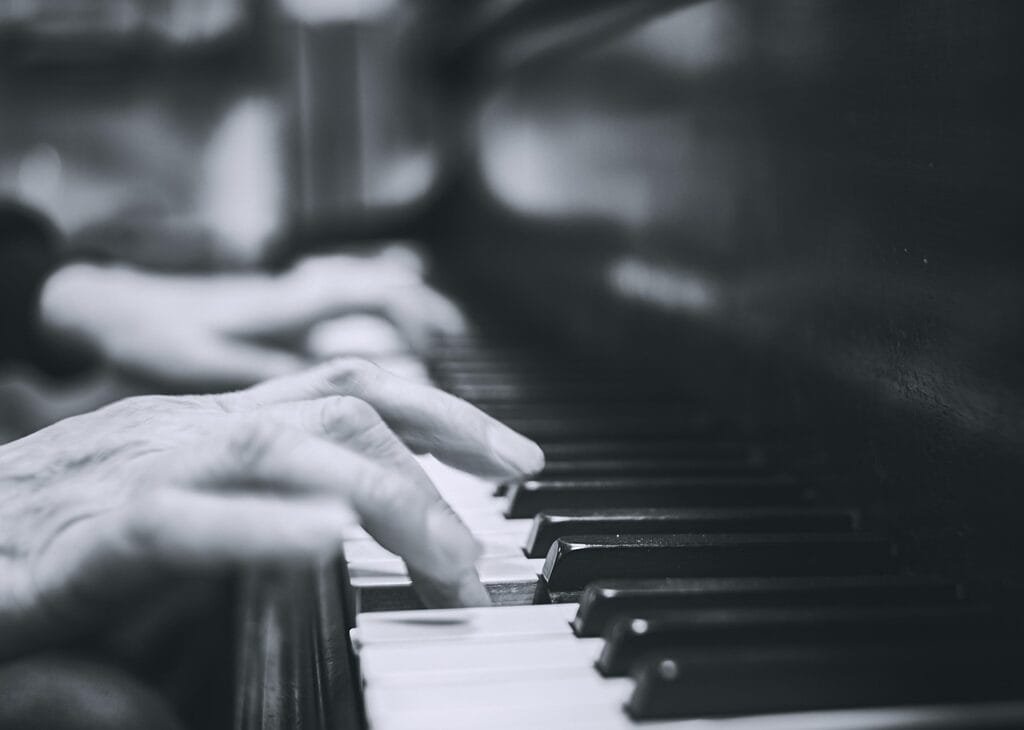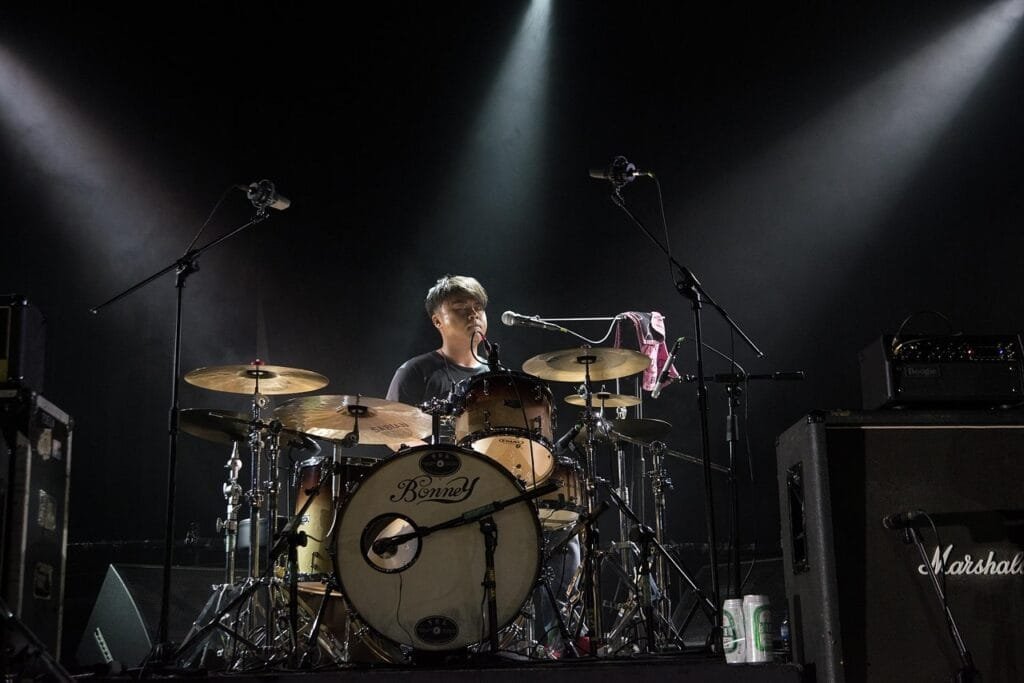What role do you think personal experiences and cultural context play in shaping an artist’s relationship with their community?

Understanding Thelonious Monk’s Unique Position in Jazz
Thelonious Monk is often regarded as one of the most innovative and influential figures in jazz history. His distinct style, characterized by dissonant melodies and unique harmonies, set him apart as not just a musician but an icon. However, Monk’s significance extends far beyond his musical genius—his life, relationships, and socio-political context provide a richer understanding of his legacy in the jazz community.
The Musician’s Journey: A Glimpse into Monk’s Early Life
Born on October 10, 1917, in Rocky Mount, North Carolina, Monk moved to New York City with his family when he was four years old. This transition played a critical role in shaping his musical journey. Surrounded by the vibrant and burgeoning jazz scene of Harlem, he began playing piano at a young age and was influenced by various styles, from classical music to the sounds of local jazz clubs.
Monk’s early exposure to music wasn’t just about learning notes and rhythms; it was about immersing himself in a community of musicians, many of whom became crucial figures in the jazz movement. His friendships and collaborations with artists like John Coltrane, Miles Davis, and Dizzy Gillespie allowed him to develop his unique voice and style.
The Impact of Cultural and Political Context
The cultural landscape of the 1930s and 40s was crucial for jazz musicians, many of whom were navigating challenging socio-political realities. The lingering effects of the Great Depression and the struggles of African Americans during this era influenced the music of the time. For Monk, the jazz clubs of Harlem offered both a refuge and a stage to confront social issues, even if indirectly.
Monk’s own experiences with racial prejudice fueled his art. This context is reflected in his music, which often expressed a deep sense of individuality and resistance. Jazz, particularly during Monk’s formative years, became a voice for the voiceless and a form of creative expression that countered societal challenges.

Innovator in the Jazz Community
Monk’s music was anything but conventional—he broke away from the established norms of jazz, embracing dissonance and challenging rhythmic structures. His compositions, like “Blue Monk” and “‘Round Midnight,” showcase this innovation and became staples in the jazz repertoire.
The Unique Sound and Style of Thelonious Monk
Monk’s style was marked by the use of unexpected pauses, abrupt shifts in rhythm, and the blending of different musical elements. His improvisation often involved playing with percussive elements, making the piano a rhythmic instrument as much as a melodic one.
His approach to melody was equally unique; Monk frequently utilized “outside” notes, or those that deviated from the chord changes, creating tension and resolution that captivated listeners. This complexity resonated with the jazz community, who appreciated the challenge and freedom embodied in Monk’s work.
Personal Relationships in Jazz
Monk’s relationship with his fellow musicians was essential in forming the jazz community that we recognize today. His friendships were profoundly influential, providing him with both support and inspiration.
Collaborations and Friendships
You might wonder how Monk’s relationships with other musicians shaped his career. Monk’s collaborations with the likes of saxophonist John Coltrane and drummer Art Blakey were pivotal. These musicians not only helped to amplify his voice, but they also formed a network of support that allowed jazz to flourish.
The informal jazz circles of New York gathered musicians from various backgrounds who shared a love for improvisation and soulful expression. Within these circles, Monk earned the respect of his peers not only for his innovative compositions but also for his unwavering authenticity.

Societal Challenges and Responses
Monk didn’t just navigate art; he engaged with the world around him. His experiences living in an America marked by racial discrimination left a significant imprint on his creative output.
Monk and Civil Rights
During the civil rights movement, Monk’s performances and touring became subtle forms of protest. Playing in clubs and festivals offered him a platform to influence public perception of African American culture. His music, deeply rooted in the African American experience, served as both an artistic expression and a response to societal issues.
Songs like “Little Rootie Tootie” carry an underlying message that many listeners may overlook—a reflection of resilience and hope through hard times. His contributions to music not only provide entertainment but also evoke emotional connections and conversations about equality and justice.
Legacy and Influence on Jazz and Beyond
As you reflect on Monk’s impact, it’s important to acknowledge how his innovations reverberate across various genres of music. The foundation he laid continues to influence contemporary artists today.
Lasting Impact on Jazz
Monk was a crucial figure in developing the bebop movement, a genre that transformed jazz into a more complex and sophisticated art form. His influence is evident in the works of many modern jazz musicians, who cite him as an inspiration. The unique tonalities, improvisational styles, and fearless experimentation that characterize Monk’s compositions paved the way for future innovations in jazz.
Cross-Genre Influence
Think about the ways Monk’s influence stretched beyond jazz. His avant-garde approach opened doors for musicians in rock, hip-hop, and even classical music. Artists like Thelonious Monk Quartet, Robert Glasper, and others have drawn on Monk’s techniques to create new sounds that push musical boundaries.
In this way, monk’s ability to blur the lines between genres fosters collaboration and creativity in all forms of music.
Conclusion: A Complex Relationship with the Jazz Community
Thelonious Monk’s relationship with the jazz community is a rich tapestry woven together by personal experiences, cultural context, and artistic innovation. You can see that Monk was not just a musician but a pivotal figure who influenced jazz and the broader musical landscape.
It’s clear that Monk’s legacy is much more than a collection of recordings; it is woven into the very fabric of what jazz represents: resilience, creativity, and community. As you listen to his work, consider how his experiences and relationships inform not only his music but also the larger story of jazz itself.
So, the next time you find yourself tapping your foot to a Monk composition, remember the profound ways in which his life and music challenged conventions and shaped the world around him. What will you take away from Monk’s journey and his lasting impact on the jazz community?



